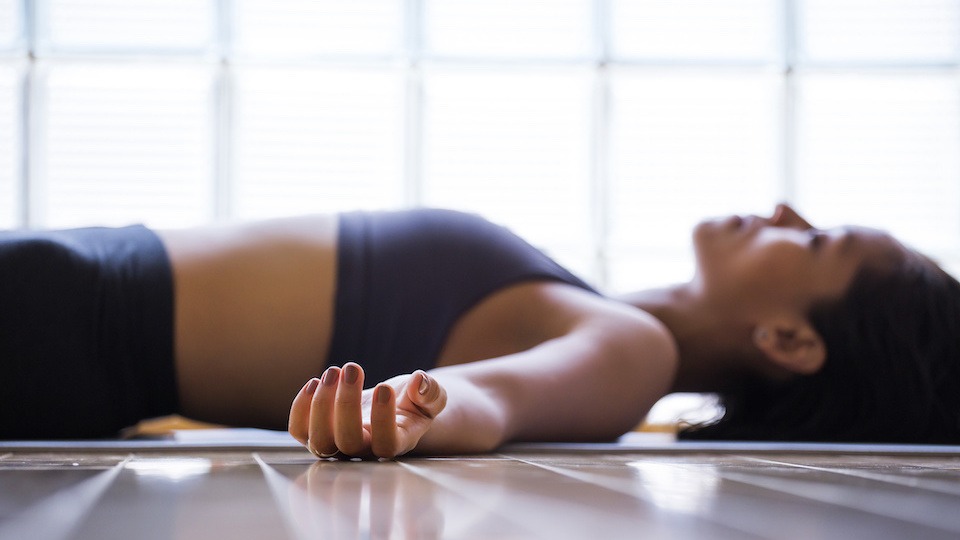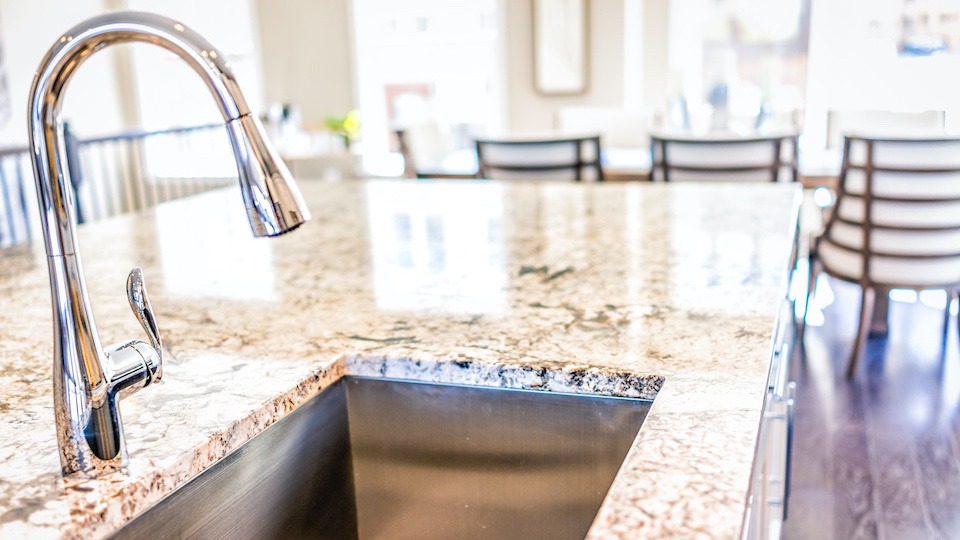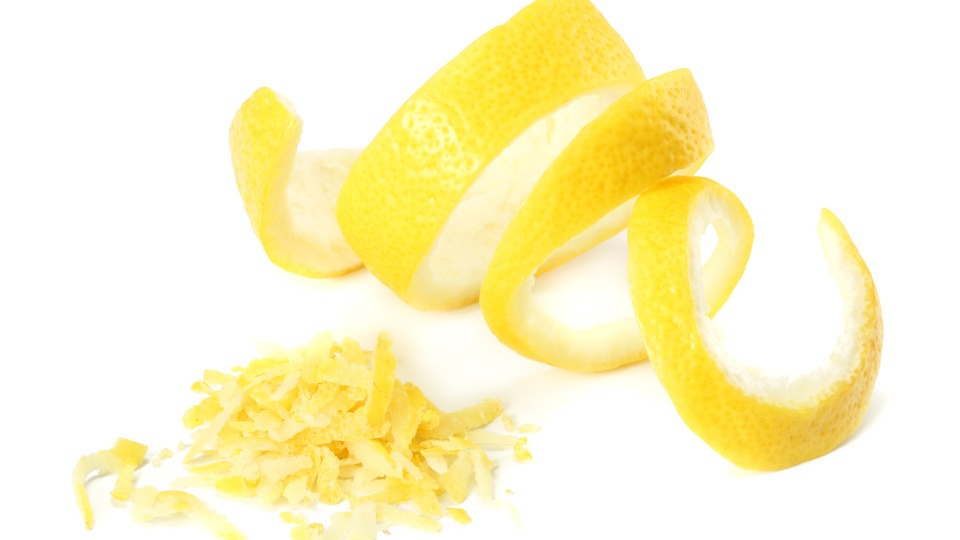This week, I had a patient come in to see me with complaints of neck pain that radiated down into his right arm and hand. I did an orthopedic and neurologic exam, which not only confirmed my suspicions that he had a nerve impingement but also made it clear that the muscles in his neck and shoulders were extremely tight. In fact, when I asked him to “let go” of his arm or his head to evaluate his range of motion (I usually say something like “go limp, like a rag doll or a wet noodle”)…he was absolutely stumped. He couldn’t let go. It was as if he did not know how to relax his muscles at all. At that point, I had a strong suspicion that his nerve impingement was at least partially related to his inability to consciously relax. So, part of his treatment plan was to teach him a technique called Progressive Muscle Relaxation or PMR. If his story sounds at all familiar to you…you will want to read all about how you can do PMR yourself.
Be Well,
-JL
We all understand the perils of living in a state of heightened stress. You have an increased risk of heart attack and stroke and can experience hypertension, anxiety, mood swings, stress-related musculoskeletal conditions, and much more. There are many reasons to pursue relaxation and learn techniques that calm you down and ease the physical manifestations of stress. However, it can often be incredibly difficult to bring yourself to a place where you are truly relaxed. If deep breathing and other common coping mechanisms aren’t cutting it, read on to learn about progressive muscle relaxation and what this simple technique can do for you.
What is progressive muscle relaxation?
Progressive muscle relaxation (PMR) is a stress-management technique that was first introduced by American physician Edmund Jacobson in the 1930s. This technique has been used to great effect throughout the years by many suffering from mild to moderate anxiety and stress issues. One small study showed that it was particularly beneficial for regulating young athletes’ stress levels. PMR has also proven helpful for those struggling with insomnia since it is a great way to clear your mind and relax your body to prepare for sleep. Even if you don’t experience chronic stress, anxiety, or insomnia, PMR is a wonderful option to help you get in touch with your body and become more aware of the signals it is sending you.
It doesn’t require any special diet, exercise equipment, or “magic pills” but is simply a way of focusing the body’s energy in a more productive direction; thereby relieving stress and calming your mind and body. In PMR you work through each major muscle group in your body and mindfully tense and relax each section, one at a time. You gather the tension in one concentrated burst and then release it and let it flow away from you. Though it may take some time to master, learning PMR is incredibly beneficial and is an absolute must when it comes to managing stress.
Note: Anyone with a known medical condition, such as anxiety, depression, or physical illness should consult with their doctor before implementing any at-home stress relief techniques.
Tips for PMR:
- Breathing is essential!
- Many people find it helpful to close their eyes and visualize the muscle group.
- If you feel any pain in a particular area of the body or are injured, skip that section.
- Find a quiet place that is free from distractions. A darkened room could help aid focus.
- Lay down on the bed or the floor or recline in a chair. It is important to be comfortable.
- Loosen tight clothing and remove shoes and glasses or contacts.
- The goal is to target one specific area, so it is vital to keep the rest of your body relaxed.
PMR guide
It is possible to find many full scripts on PMR from reputable sources; however, it is crucial not to interrupt the exercise to read instructions. You can learn the steps by memory and listen to this helpful audio recording from McMaster University in the meantime. Remember, though this script can help guide you as you learn PMR, don’t feel beholden to it. Do what feels natural and give particular focus to areas of specific tension.
This overview of the general practice of PMR from the University of Michigan Health System will help give you an idea of what to expect:
- Breathe in, and tense the first muscle group (hard but not to the point of pain or cramping) for 4 to 10 seconds.
- Breathe out, and suddenly and completely relax the muscle group (do not relax it gradually).
- Relax for 10 to 20 seconds before you work on the next muscle group. Notice the difference between how the muscles feel when they are tense and how they feel when they are relaxed.
- When you are finished with all of the muscle groups, count backward from 5 to 1 to bring your focus back to the present.
These are the muscle groups you should target and what to do with each
- Hands – Clench them.
- Wrists and forearms – Extend them, and bend your hands back at the wrist.
- Biceps and upper arms – Clench your hands into fists, bend your arms at the elbows, and flex your biceps.
- Shoulders – Shrug them (raise toward your ears).
- Forehead – Wrinkle it into a deep frown.
- Around the eyes and bridge of the nose – Close your eyes as tightly as you can.
- Cheeks and jaws – Smile as widely as you can.
- Around the mouth – Press your lips together tightly. (Check your face for tension. You just want to use your lips.)
- Back of the neck – Press the back of your head against the floor or chair.
- Front of the neck – Touch your chin to your chest. (Try not to create tension in your neck and head.)
- Chest – Take a deep breath, and hold it for 4 to 10 seconds.
- Back – Arch your back up and away from the floor or chair.
- Stomach – Suck it into a tight knot. (Check your chest and stomach for tension.)
- Hips and buttocks – Press your buttocks together tightly.
- Thighs – Clench them hard.
- Lower legs – Point your toes toward your face. Then point your toes away, and curl them downward at the same time. (Check the area from your waist down for tension.)
-The UpWellness Team









